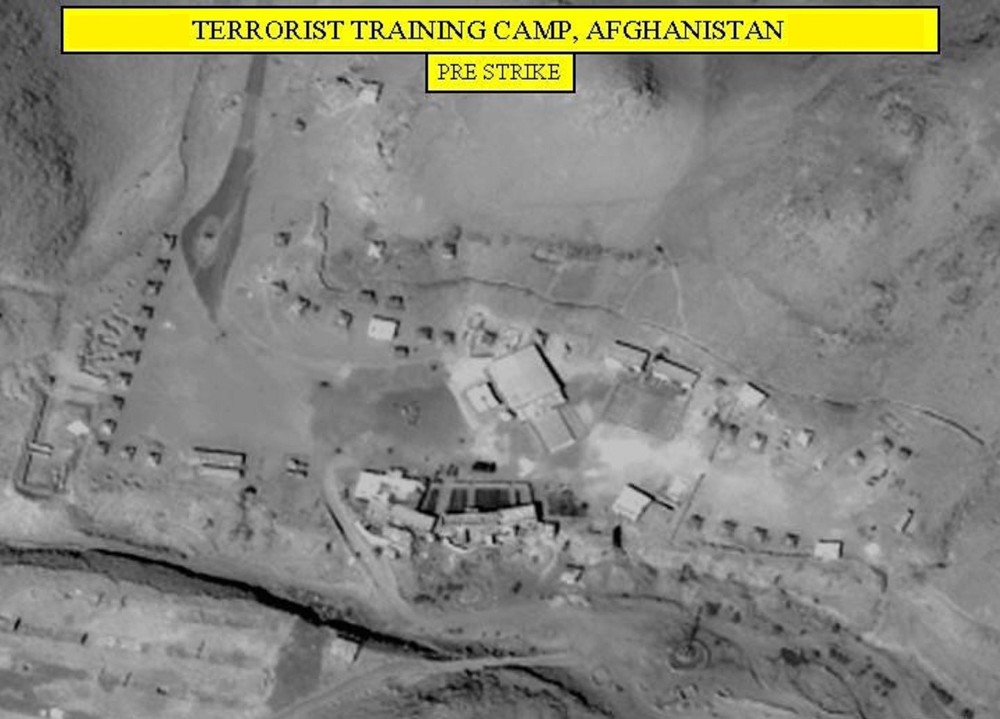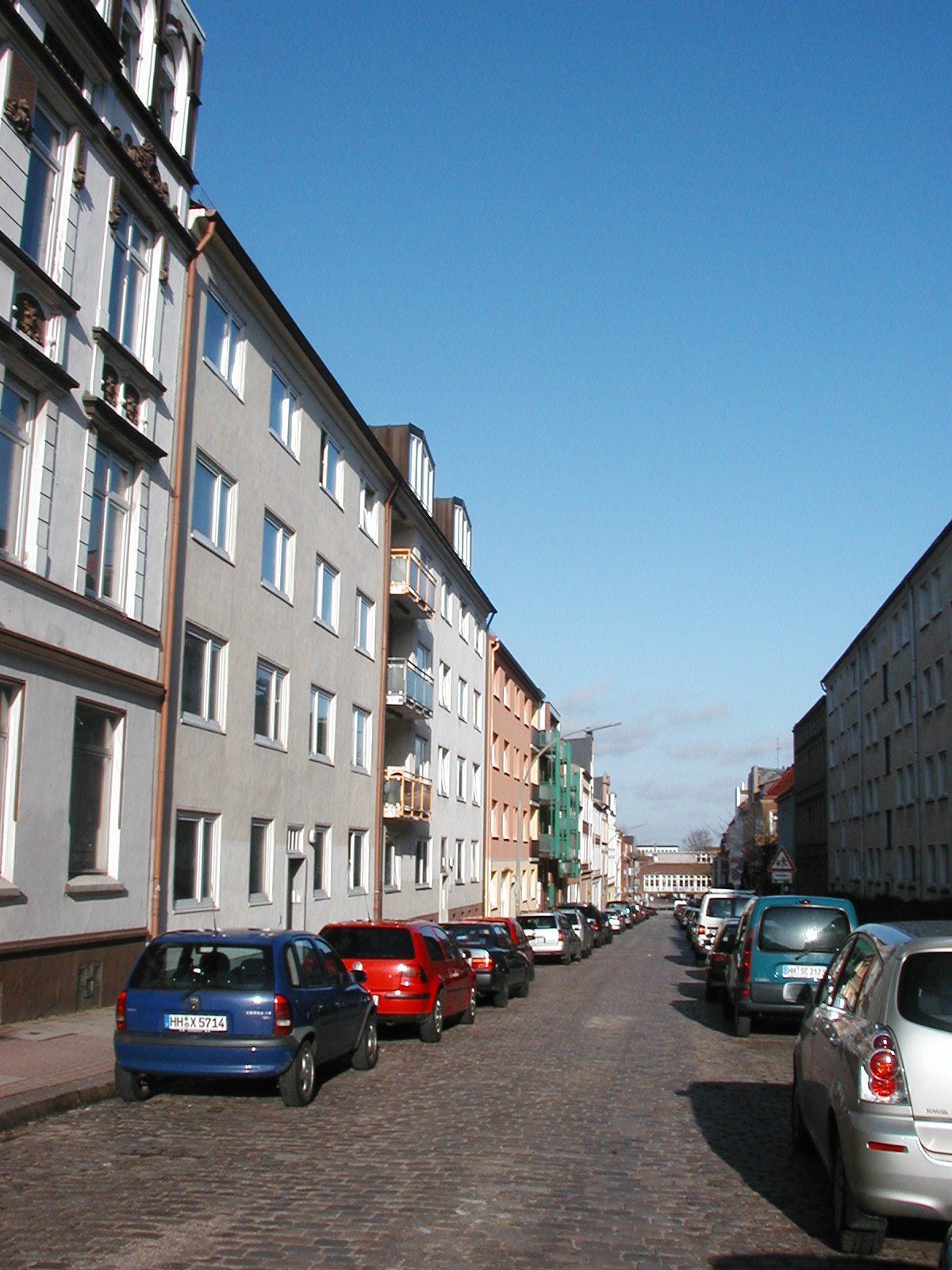
Mohammed Atta travels from Hamburg, Germany to Karachi, Pakistan via Istanbul, spending the night in Turkey. Despite the African embassy bombings in August 1998, American military retaliation, and CIA covert operations, he and his compatriots have no trouble reaching Afghanistan.
Atta is already the leader of the Hamburg Four, and together with Marwan al-Shehhi, Ziad Jarrah, and Ramzi Binalshibh, they travel to Kandahar and then on to Khalden camp, where they meet with the al Qaeda operational commander Abu Hafs (Mohammed Atef) and Osama bin Laden. Abu Hafs spotted them immediately as special, according to various accounts, especially the three who would go on to pilot the 9/11 planes (Atta, al-Shehhi and Jarrah). They were educated, had technical skills, could speak English, and had learned how to live in the West. They also came from countries—Egypt, Lebanon, the United Arab Emirates—where they wouldn’t have trouble obtaining U.S. visas. By the time they leave Afghanistan, they have their broad assignments.

